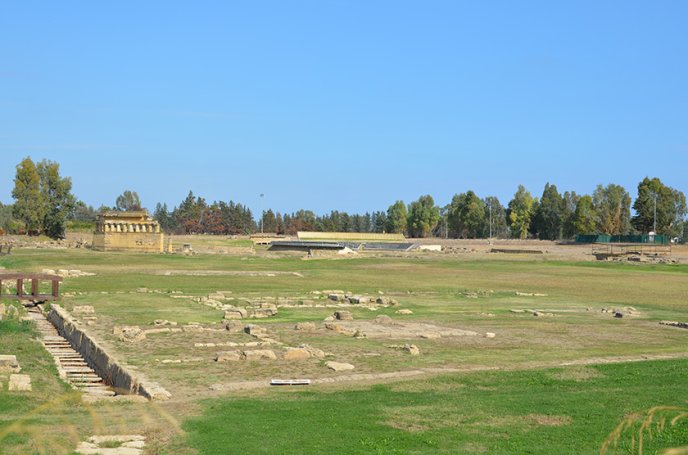In 1828 the distinguished Parisian archeologist and numismatist Honoré Théodore d’Albert, duc de Luynes (1802-1867), visited the site of ancient Metapontum, the Greek colony established towards the end of the seventh century BC on the shore of the Ionian sea, between Tarentum and Sybaris. He tried to organize excavations in the area of one of the temples of the city, and when again in Paris, in 1833, published a book lavishly provided with drawings and maps. In the last two centuries, somehow following in de Luynes’ footsteps, archeological research has contributed enormously to the understanding of the urban life of Metapontum.
Especially material evidence on religious life is now copious. As regards a thorough understanding of ‘polis religion’, however, source material has to be used in a nuanced way, and critical assessment of archaeological evidence and close analysis of literary texts, as well as the contribution of social sciences are to be combined.
Keeping all this in mind I intend to investigate the complexities of Apollo’s cults in Metapontum, looking at them from the point of view of the relationship between tradition and innovation, but also placing them in the context of the networks of religious traditions and cultures in the Mediterranean space and even beyond it.

